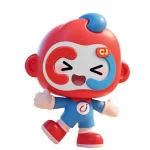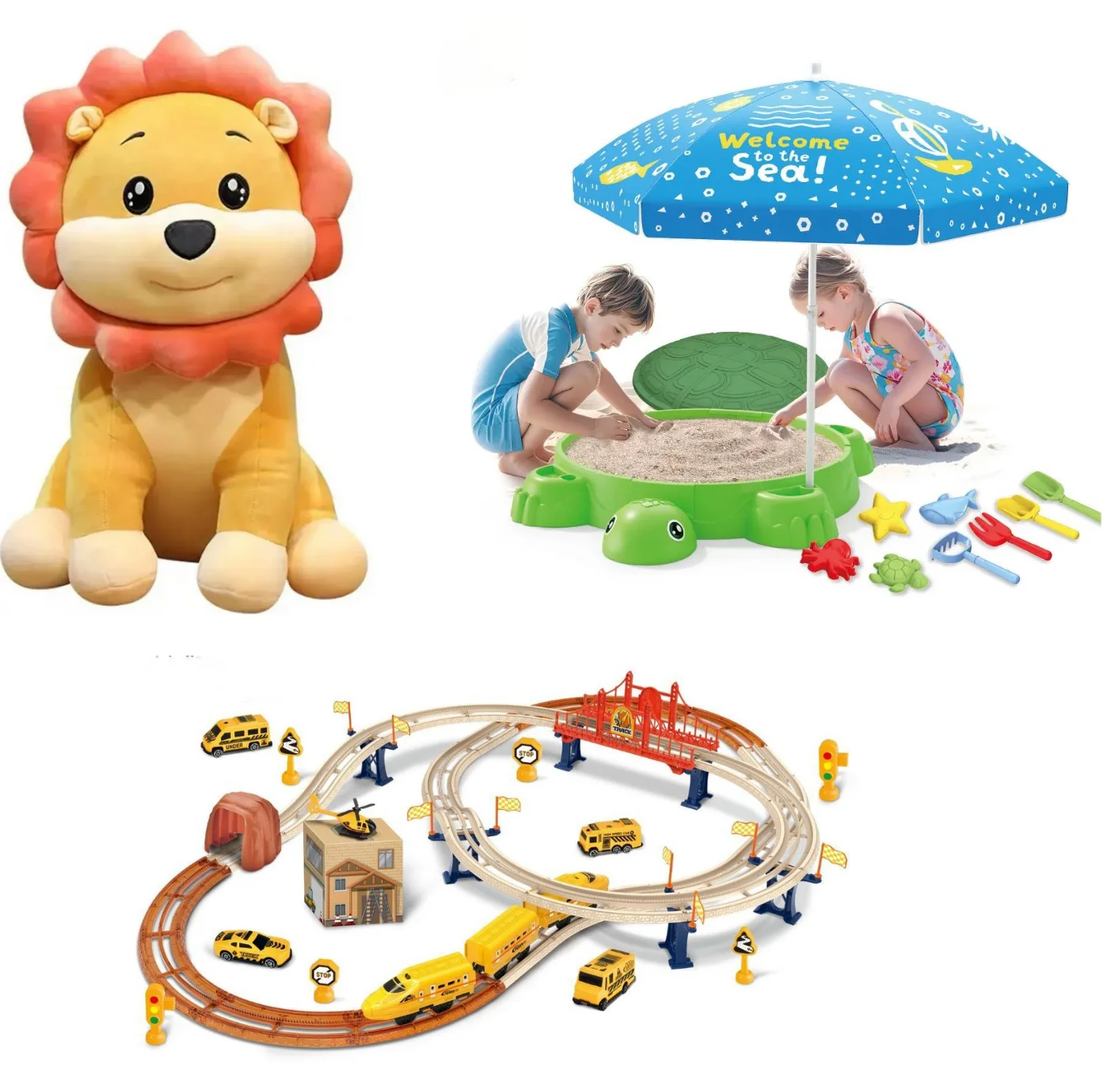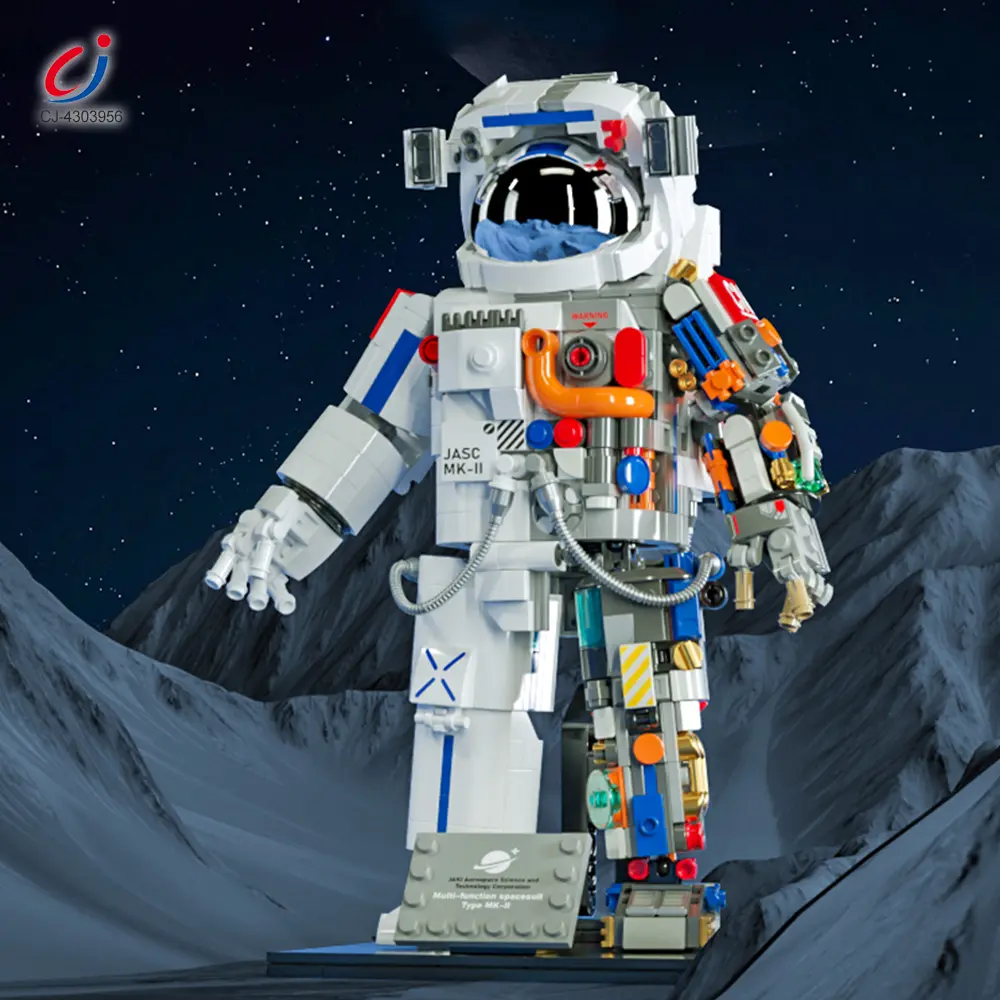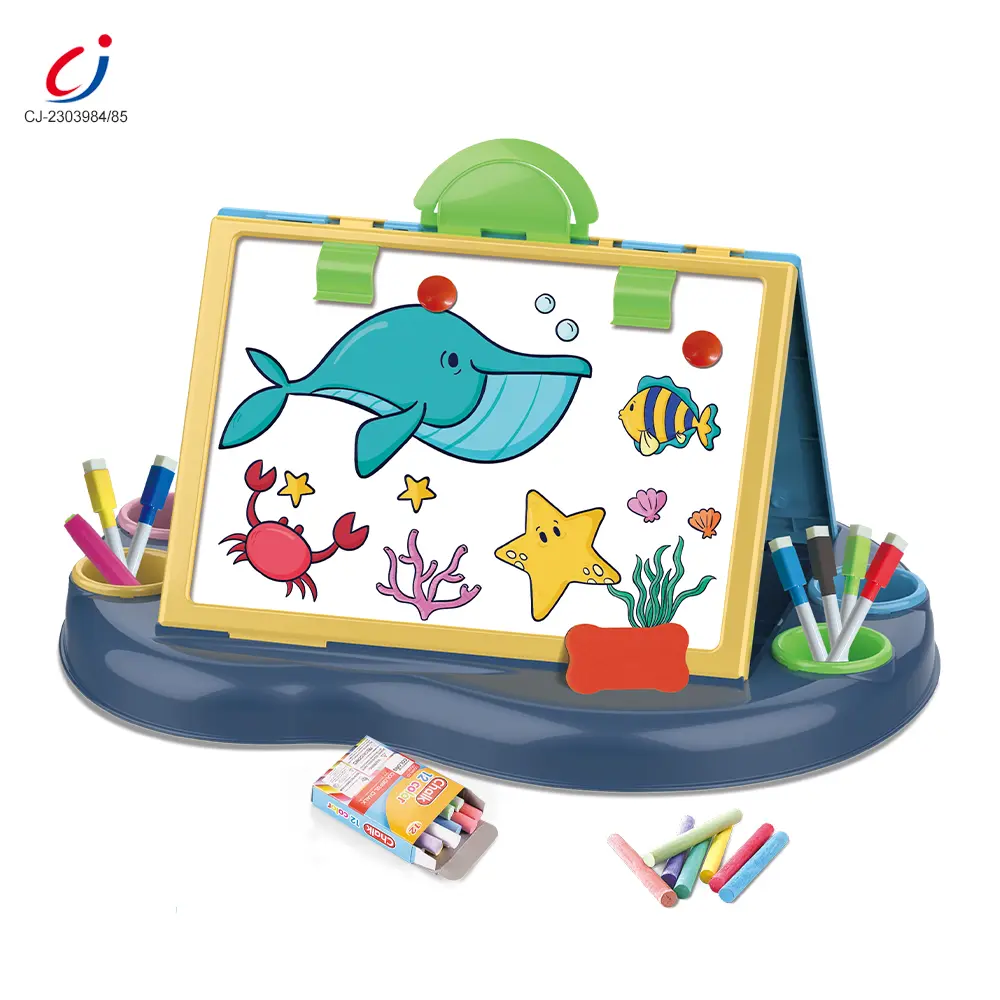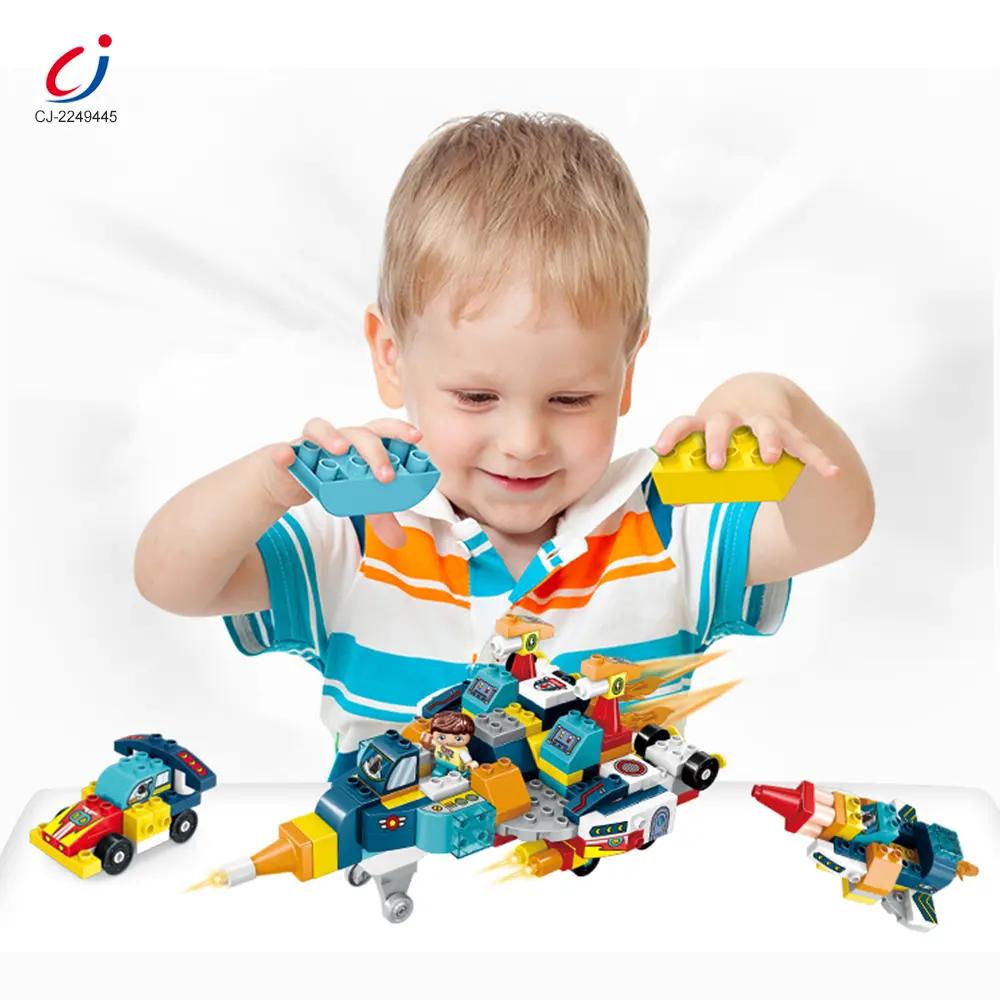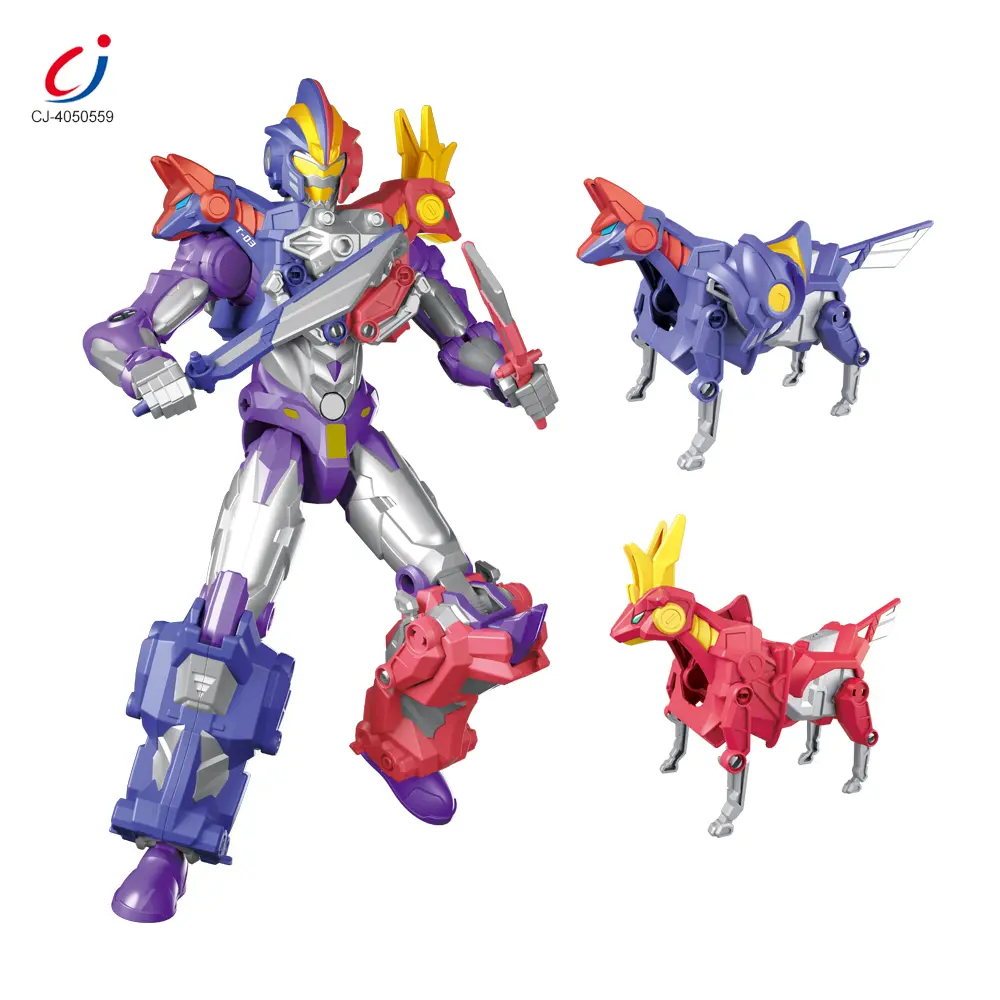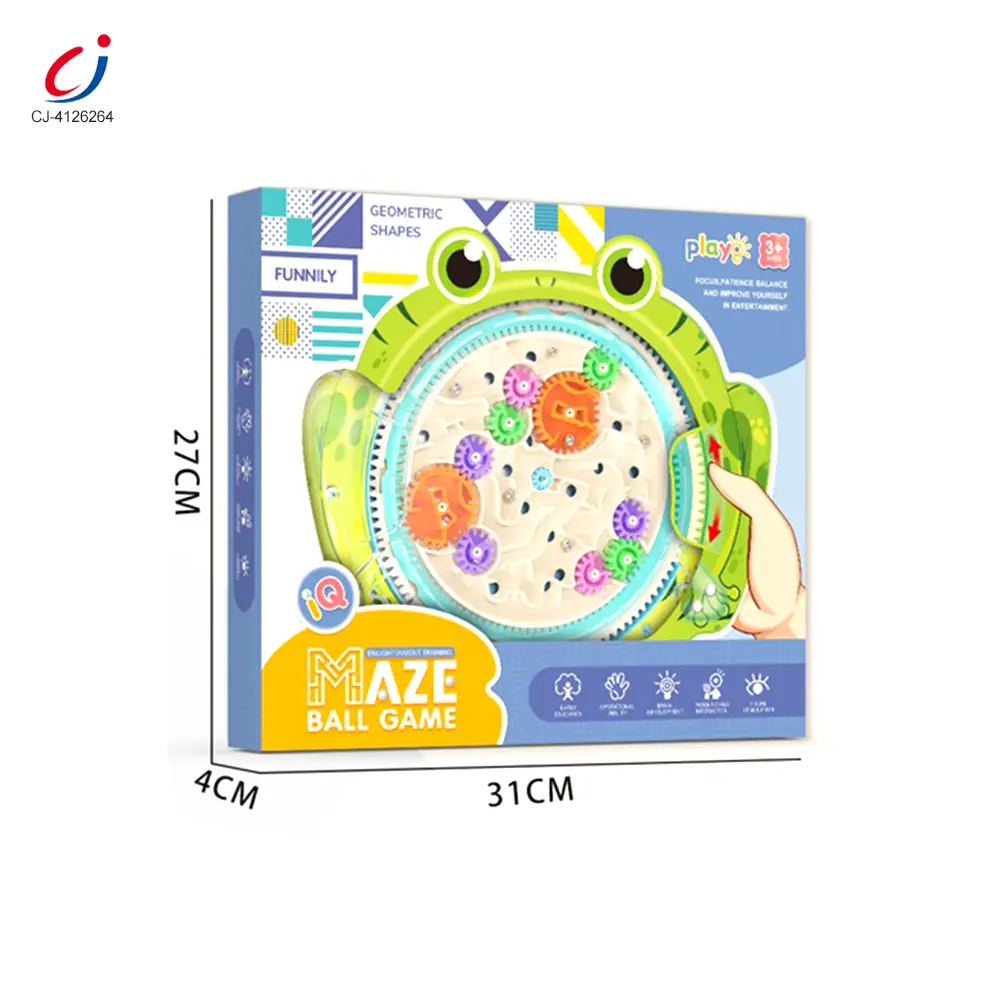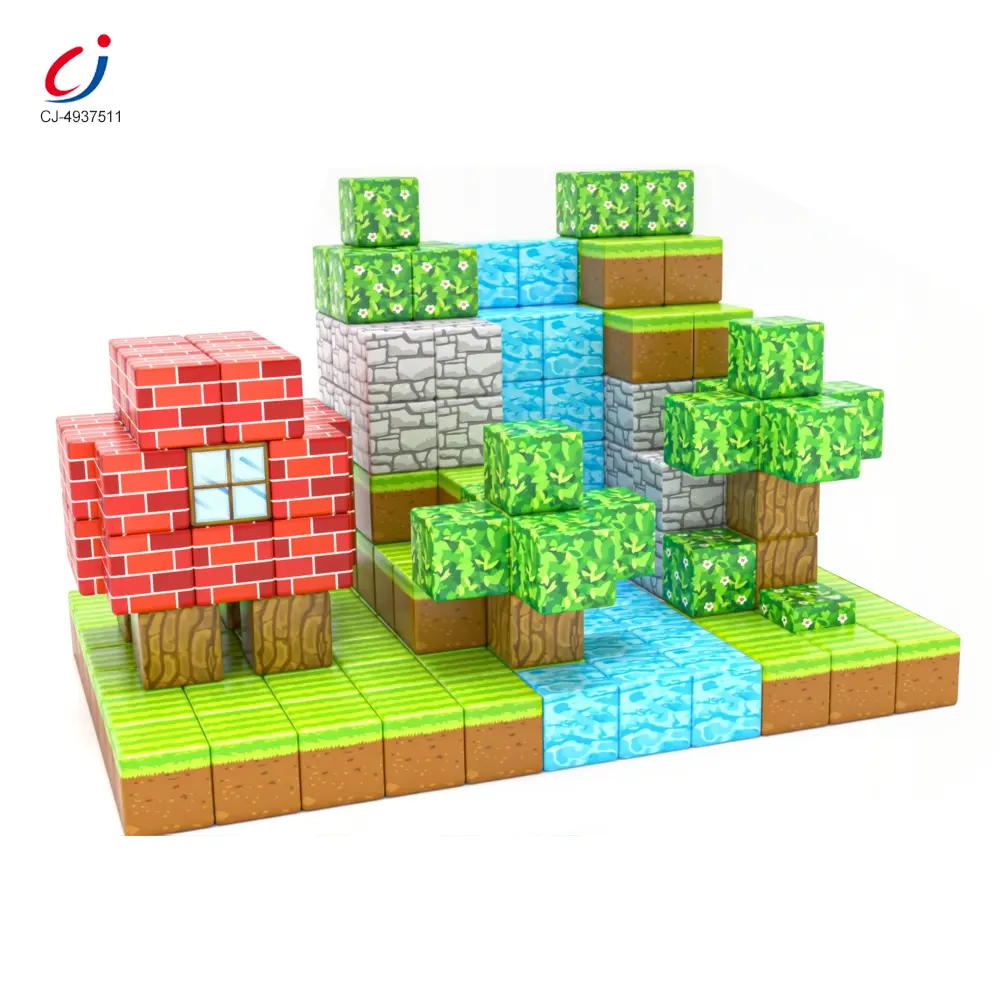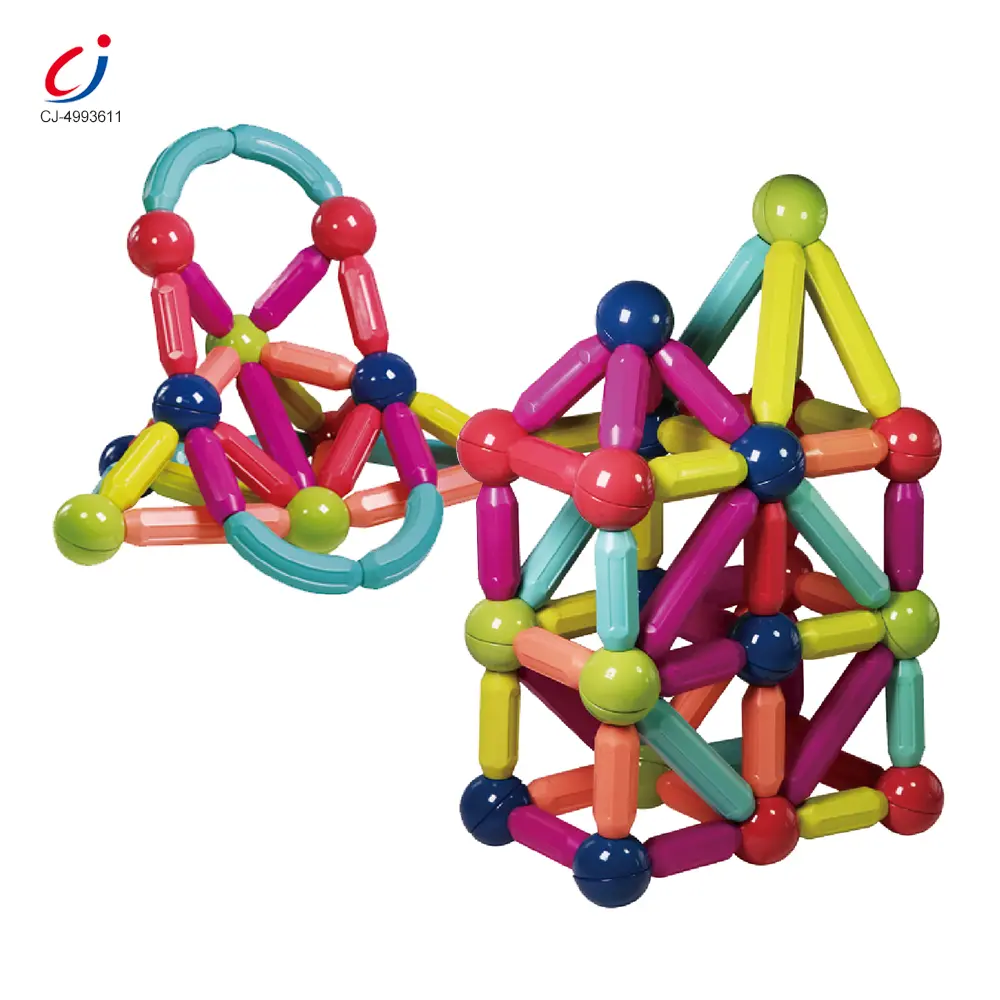Choosing between OEM そして ODM production is one of the first strategic decisions a brand, retailer, or importer must make when bringing toys to market. Each model fits a different business stage, budget, and risk appetite.
このガイドでは、チェンジーという人物が トップ・トイ・サプライヤー, will explain the practical trade-offs and offer a clear decision framework so you can pick the right route—and know when to switch. Besides OEM and ODM, Chengji also supports bulk purchases.
What do OEM and ODM Actually Mean?
OEM (Original Equipment Manufacturer) means you— the buyer—own the design, provide the technical files or CAD, and the supplier manufactures to your exact specifications. ODM (Original Design Manufacturer) means the supplier owns the base design and offers ready-made products that you can brand or modify slightly.
In short:
OEM: You bring the design; ODM: the supplier brings the design.
That difference shapes costs, lead times, IP ownership, and contr
When OEM Makes Sense (Who Should Choose It)
Choose OEM if your product strategy depends on uniqueness, IP protection, or licensed characters. Brands that need tight control over materials, play features, or safety tolerances prefer OEM because it guarantees specification fidelity. Large retailers and licensed-product owners often insist on OEM production to meet contractual IP and quality obligations.
When ODM is a Better Fit
ODM works well for private-label retailers, startups testing concepts, or seasonal collections that need speed to market. Using an ODM removes heavy up-front R&D cost and shortens sampling cycles, letting you validate demand before investing in tooling.
Cost & timeline: compare the economics
OEM typically requires higher upfront costs—design validation, tooling, and multiple prototype rounds—but once tooling is amortized, the per-unit cost can be lower at scale. ODM lowers entry costs because you leverage existing molds and designs, but unit differentiation is limited, and competing retailers may sell similar SKUs.
Time-to-market is usually shorter with ODM. These kinds of projects need longer lead times for design, testing, and tooling—but they buy you exclusivity and brand differentiation.
IP, legal & Exclusivity Considerations
A core advantage of OEM is clear IP ownership: contracts can specify that designs, molds, and related improvements belong to you. With ODM, clarify exclusivity and territory rights up front—otherwise, suppliers may sell similar designs to other buyers. For licensed characters, licensors frequently require detailed controls, audits, and proof of exclusivity.
Draft these contract clauses: Non-Disclosure Agreement (NDA), IP assignment, tooling ownership, exclusivity period, and penalties for parallel sales. For OEM, include explicit acceptance criteria for prototypes and tooling sign-off gates.
Compliance & Quality Control Responsibilities
With OEM, the buyer usually defines the compliance matrix (EN71, ASTM, CPSIA, CCC, UKCA, etc.) and the supplier implements that spec. This is ideal when you need bespoke safety solutions. With ODM, request supplier-provided test reports but always validate with independent labs—especially for chemical and small-parts testing.
Set clear AQL levels, pre-production sample (PPS) checkpoints, and batch testing routines regardless of model. For OEM, record and retain FAI (first article inspection) documents and production tooling samples.
Supply Chain and Operational Risk
OEM can expose you to tooling delays or rework if the design is untested in mass production. Mitigate risk by staging tooling payments, running low-volume pilot runs, and multi-sourcing critical components. ODM carries the risk of product similarity across retailers; differentiate by custom packaging, exclusive colorways, or bundled accessories.
Hybrid Strategies: Best of Both Worlds
Many companies start with ODM to validate the market, then invest in OEM tooling for best-sellers. A semi-ODM model—where suppliers allow major modifications to an existing design—can speed time-to-market while preserving some uniqueness. Co-development (shared tooling costs) is another pragmatic path.
This strategy satisfies the needs of businesses like startups & small brands, E-commerce & fast-fashion retailers, distributors & wholesalers, and seasonal/event-based operators.
結論
The OEM route delivers control, exclusivity, and scale efficiencies—ideal for brands that prioritize product differentiation and IP protection. ODM delivers speed and lower initial investment—great for testing assortments and filling catalog breadth. The smartest companies use both: validate fast with ODM, then lock winners into OEM for long-term margin and market advantage.
成吉について
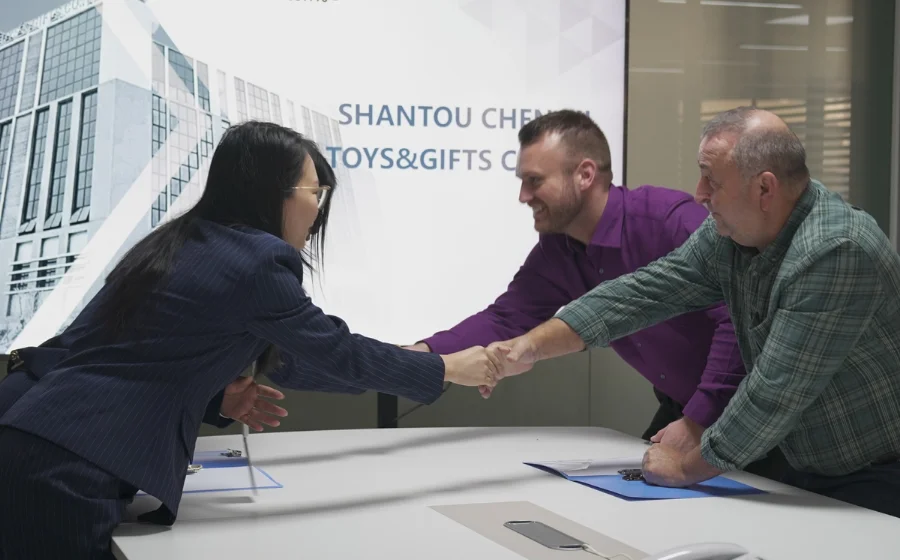
Chengji stands as a トップ・トイ・サプライヤー known for its ability to turn creative ideas into reality through カスタム玩具ソリューション. Our team works closely with global clients to co-develop products that align with their market vision, ensuring every detail meets brand expectations.
Years of collaboration with our clients have built strong partnerships—many customers return season after season, trusting Chengji to deliver innovative, safe, and profitable toy collections that grow with their business.

